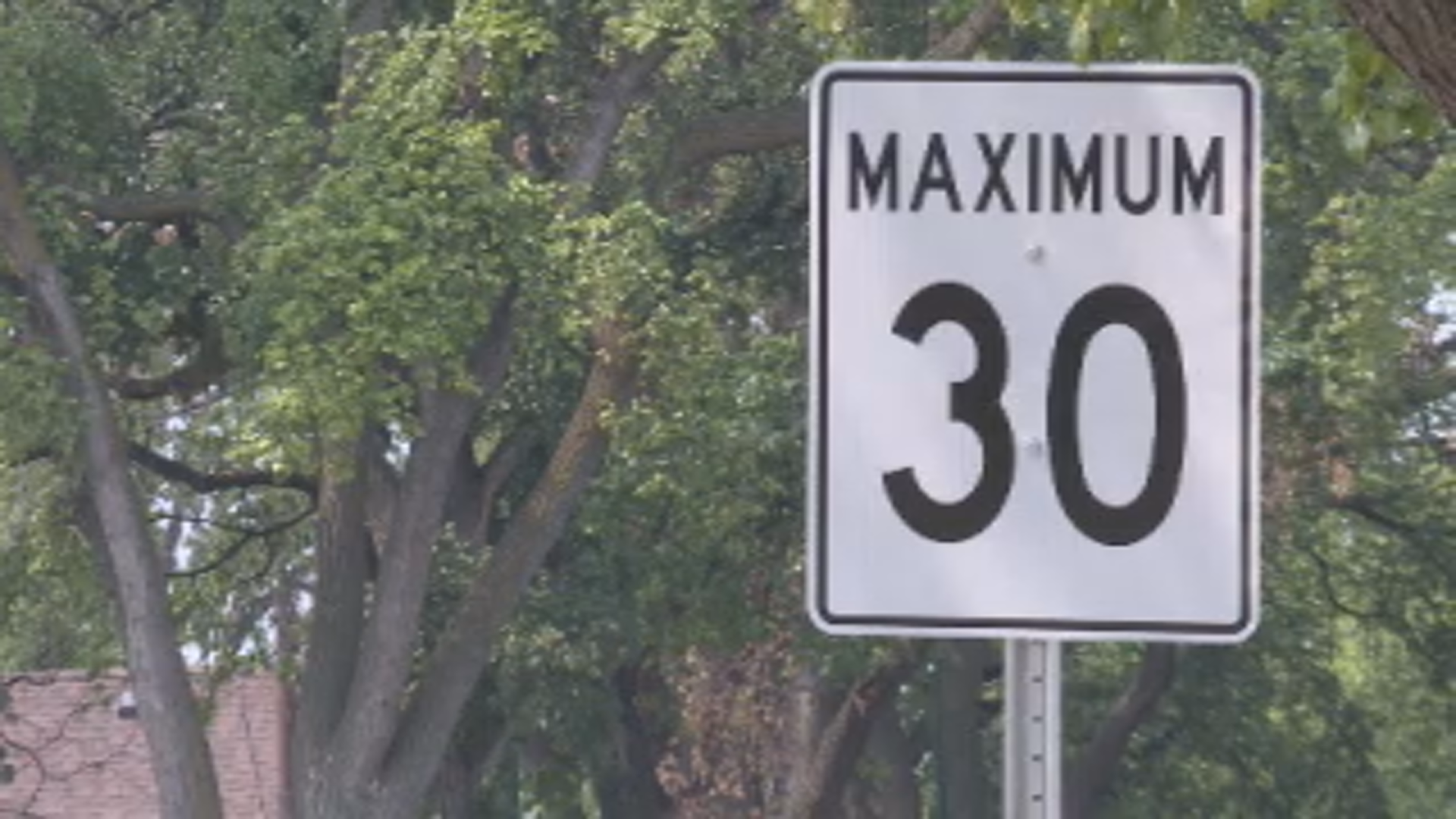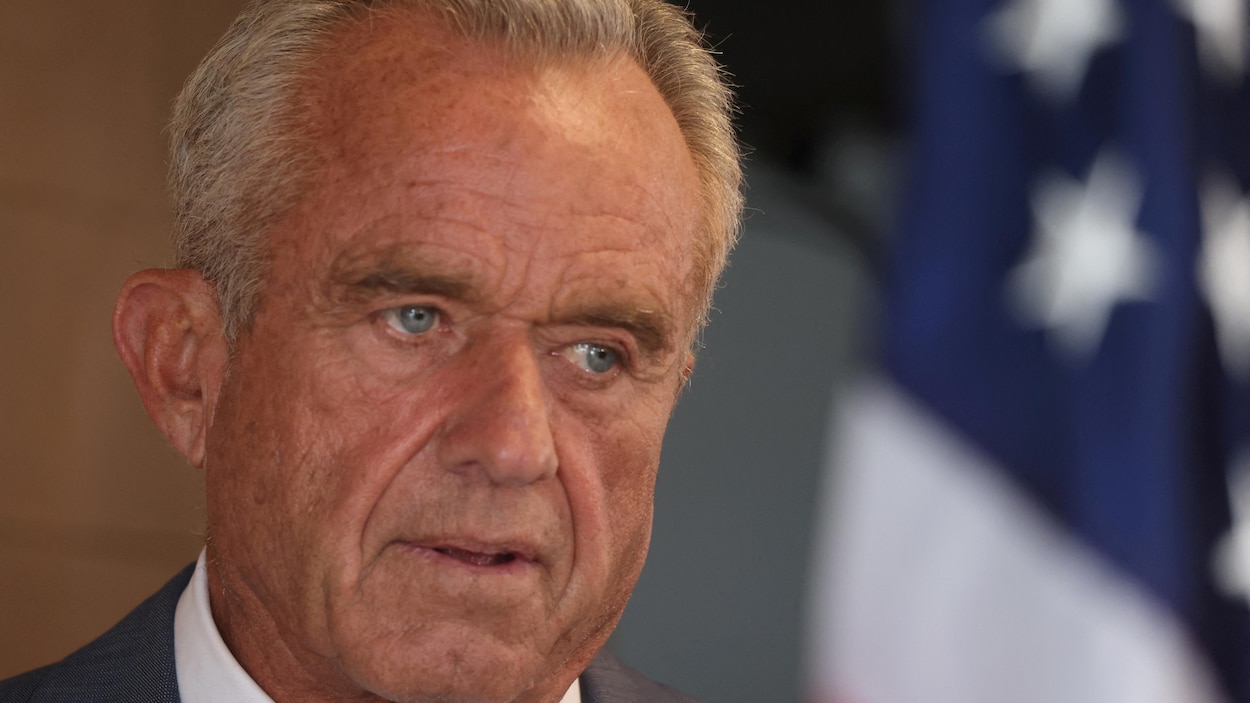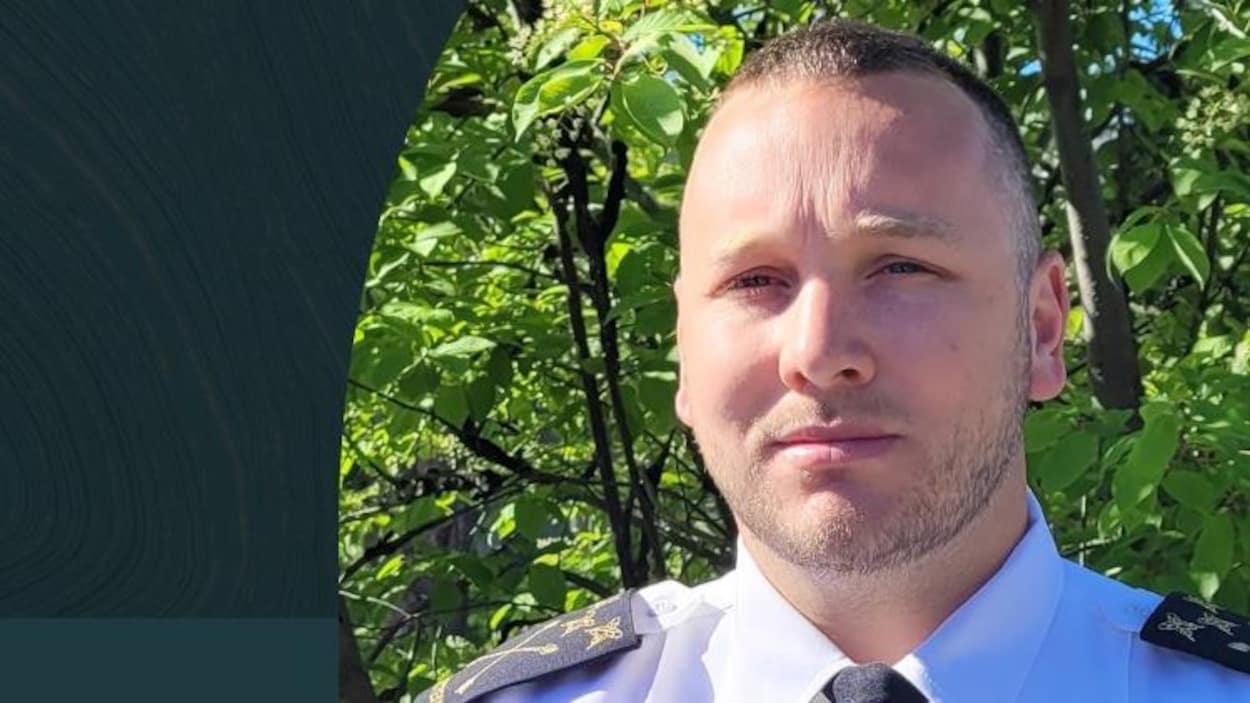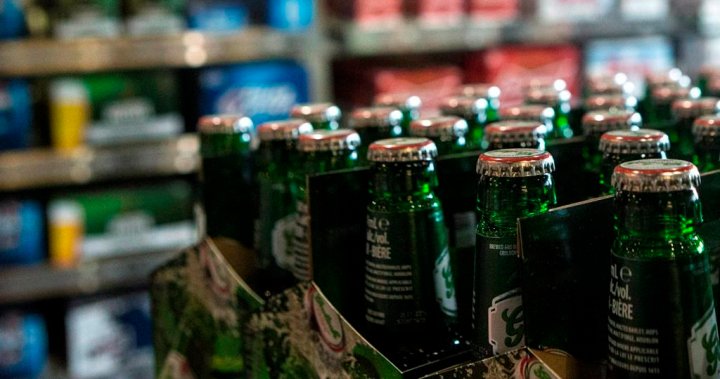PROTECT YOUR DNA WITH QUANTUM TECHNOLOGY
Orgo-Life the new way to the future Advertising by AdpathwayA legislator with the Tla’amin Nation says there is a plan — and funding — to trap the grizzly on Texada Island and move it 100 kilometres away to Bute Inlet, so far that it wouldn’t be able to swim back. But so far, they don’t have a sign-off from the province to proceed.
Self-governing First Nations say plan shows how they can look after their lands and waters
Kathryn Marlow · CBC News
· Posted: Jun 28, 2025 10:00 AM EDT | Last Updated: 3 hours ago

Three coastal First Nations have worked together to come up with a plan to move a grizzly bear that's been causing problems on Texada Island — just off B.C.'s Sunshine Coast — but so far, the province has not signed off.
On June 13, the B.C. government said there was no "kill order" for the bear — but also that it was "not a candidate for relocation," because it had already been moved twice, before returning to human-inhabited areas.
On Texada, the community of about 1,000 people has been divided on whether the bear should be killed or removed or left alone.
But Erik Blaney — a legislator with the Tla'amin Nation — thinks the solution is to trap the bear and move it about one hundred kilometres northwest to Bute Inlet, where it can live with other coastal grizzlies and be far enough away that it can't swim back.
Previously, the bear was relocated to Jervis Inlet, which is approximately 75 kilometres away.
Blaney said he has worked with his nation, the neighbouring shíshálh Nation, and the Homalco First Nation to craft a plan for the relocation.

Texada Island lies near the intersection of Tla'amin and shíshálh territory.
Stewardship guardians from the nations would work together to trap the bear, which would then be moved by boat, and possibly plane, to Orford Bay in Bute Inlet, which is in Homalco territory.
"We have the plan; we have the funding to do it. What we don't have is the province's assistance and backing," said Erik Blaney.

He said they have been meeting with provincial officials and have some support, but have also been told that what they're asking is outside current policy — and that to capture and move the bear without a permit could lead to charges under the Wildlife Act.
But he sees this as an opportunity for Tla'amin and shíshálh —both of which have self-governing agreements — to look after their lands and waters.
"This really shows unity among coastal guardian programs that are doing exactly, you know, what we should, which is protecting the natural resources and wildlife within our territories."
Homalco Chief Darren Blaney, who is a cousin of Erik Blaney, thinks it's a great plan.
"When Erik called me to see about this bear that could potentially get killed, I thought...we'll give it a chance in Bute," he told CBC News.

The Homalco have a tourism company that runs grizzly tours from Vancouver Island up to Bute Inlet.
"We have an area that's about maybe five kilometres where the salmon gets into and we get about 50 to 60 grizzlies that come in there when the salmon runs are going," said Darren Blaney.
He said it's a place where the grizzlies fatten up for winter.
"So yeah, it's a good place for them and it's good for our tourism."
The Ministry of Water, Land and Resource Stewardship said late Friday afternoon in an email that it is aware of the plan and that there are ongoing conversations between First Nations and the Grizzly Bear Foundation about it.


 2 weeks ago
1
2 weeks ago
1










 English (US) ·
English (US) ·  French (CA) ·
French (CA) ·  French (FR) ·
French (FR) ·